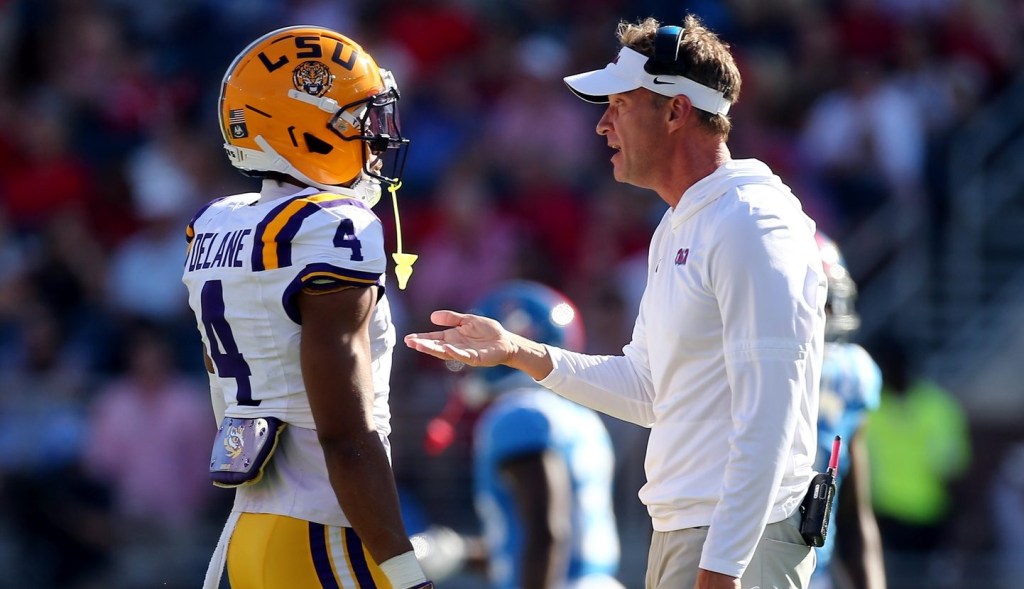Friday produced the realignment aftershock following the decimation of the Pac-12.
ACC university presidents have voted to invite Stanford, Cal, and SMU to the conference in 2024. On Thursday night, it was unclear whether the league would send invitations, as UNC said publicly that it was against expansion. The league needed 12 of 15 votes.
The ACC did not immediately respond to a request for comment.
Stanford and Cal will be able to maintain their status as Power 5 schools, while SMU will jump from a Group of 5 to a Power 5 — the latest step in a path to regain the powerhouse football program it boasted back in the 1980s.
For Power 5 status, however, the three schools will give up major revenue.
Stanford and Cal have agreed to relinquish 70% of their shares of the ACC’s media rights deal for seven years, earning an increasing amount later on, a source confirmed to Front Office Sports. SMU will forgo all its media dollars for nine years.
The source noted, however, that the three schools will receive full shares of non-media rights revenue, like NCAA distributions. Tax returns suggest non-media ACC distributions would be about $9 million per school, which is about what SMU receives in total from the AAC.
For SMU, the assumption is that boosters will bridge the gap. The three schools likely won’t be able to use their multibillion-dollar endowments to fund the move, FOS previously reported. The decision is particularly surprising for Cal, which has the most athletic department debt of any school in the country at $450 million.
All three will face major travel costs.
ESPN will reportedly pay the conference a “pro rata” sum for each new school every year, according to multiple reports — meaning the network will add enough money to its existing contract that shares won’t be diluted. The current deal pays out a little more than $30 million per school, according to tax returns.
The overall revenue gain for the ACC is reportedly modest, at less than $60 million annually that all existing members will split. Some of the money, however, will reportedly be distributed through a performance-based fund — which has clearly placated at least one member who was against the move.
Expansion is a necessary insurance policy for the longevity of the ACC, which is anticipating the loss of top programs in the future to the ever-growing Super Conferences, an industry source told FOS. It likely needs to stay above 14 members to maintain the value of the current ESPN contract.
It could put the conference in a better negotiating position when the current contract expires in 2036. Though the source noted that it’s “anybody’s guess” whether these additions will make a difference in 13 years.
Now that the ACC has made a decision, all eyes will turn to Oregon State and Washington State.
The schools have three possibilities: join the Mountain West, join the AAC, or poach schools to rebuild the Pac-12.
Both Mountain West Commissioner Gloria Nevarez and AAC Commissioner Mike Aresco have reportedly already made proposals to the two leftovers.
But can they retain Power 5 status? “That’s the central question, isn’t it,” Nevarez previously told FOS.
Washington State president Kirk Schulz has said that rebuilding the Pac-12 is his favorite option — though it’s clearly the least likely. Still, the schools could opt to bring the Pac-12’s name with them to the AAC or Mountain West.
The Power 5 status of any newly minted conference, however, will have to be determined by voting committees in the NCAA and College Football Playoff, Nevarez noted.
The latest round of realignment began in 2021, when Texas and Oklahoma announced they would join the SEC. A year later, USC and UCLA announced they would go to the Big Ten — a factor in the ultimate demise of the Pac-12, which has now lost all but two members after failing to secure a lucrative media rights contract.

















